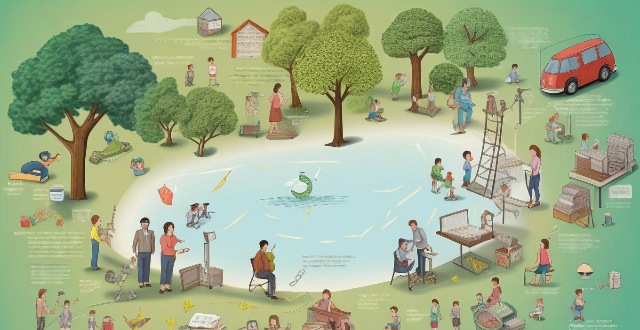Teaching climate change in higher education can be enhanced through innovative, multidisciplinary approaches that engage students and promote critical thinking. Instructors are encouraged to integrate real-world data, use case studies, foster interdisciplinary learning, engage with the community, leverage technology, employ active learning strategies, incorporate service learning, harness art and creativity, analyze policy and advocate for change, offer personalized learning pathways, adopt global perspectives, discuss ethics and philosophy related to climate change, practice sustainability within the classroom, emphasize continuous learning and adaptability, and model sustainable practices within their institutions. These methods aim to create a dynamic learning environment where students develop a profound understanding of climate change and become informed citizens capable of contributing positively to global efforts in addressing this challenge.

Innovative Approaches to Teaching Climate Change in Higher Education
Teaching climate change in higher education requires a multidisciplinary and innovative approach. Here are some ways to engage students and promote critical thinking:
1. Integrate Real-World Data
- Use real-world data from NASA, NOAA, or other reputable sources to show the impact of climate change.
- Assign projects where students analyze and interpret climate data.
2. Case Studies
- Study the impact of climate change on specific regions or industries.
- Analyze case studies of successful climate action initiatives.
3. Interdisciplinary Learning
- Encourage collaboration between disciplines like economics, political science, sociology, and environmental science.
- Discuss how climate change affects various aspects of society.
4. Engage with the Community
- Partner with local organizations to conduct research or outreach projects related to climate change.
- Host guest speakers from non-profits, government agencies, or businesses working on climate solutions.
5. Use Technology
- Utilize digital tools like simulations, virtual reality, or augmented reality to visualize climate change scenarios.
- Create interactive models that allow students to explore the effects of different climate policies.
6. Active Learning Strategies
- Facilitate debates, role-playing exercises, and group discussions around climate change topics.
- Assign problem-based learning tasks where students develop solutions to climate challenges.
7. Service Learning
- Integrate service learning into the curriculum by having students participate in climate-related community service projects.
- Reflect on how these experiences connect to classroom learning.
8. Art and Creativity
- Incorporate creative writing, visual arts, or performance art as a way for students to express their understanding of climate change.
- Host an event showcasing student work focused on climate themes.
9. Policy Analysis and Advocacy
- Teach students about the policy-making process and how it relates to climate change.
- Encourage students to engage in advocacy efforts or internships with organizations focused on climate policy.
10. Personalized Learning Pathways
- Offer elective courses that allow students to delve deeper into specific aspects of climate change they are passionate about.
- Provide opportunities for independent study or research projects.
11. Global Perspectives
- Include perspectives from diverse cultures and regions regarding climate change.
- Explore how climate change disproportionately affects vulnerable populations globally.
12. Ethics and Philosophy
- Discuss ethical considerations surrounding climate change, such as intergenerational equity and responsibility.
- Introduce philosophical frameworks for understanding our relationship with nature and the environment.
13. Sustainability Practices
- Model sustainability practices within the classroom by reducing waste, using renewable energy sources, and promoting eco-friendly behaviors.
- Assess the carbon footprint of your institution and involve students in efforts to reduce it.
14. Continuous Learning and Uncertainty
- Emphasize that climate change is a complex issue with evolving information.
- Encourage lifelong learning and adaptability in responding to new climate science findings.
By adopting these innovative approaches, educators can create a dynamic learning environment that fosters a deep understanding of climate change and empowers students to become informed citizens who can contribute positively to addressing this global challenge.